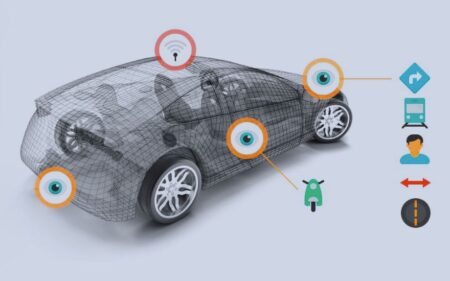Watsonx is a new AI and data platform released on Tuesday by International Business Machines Corp (IBM.N) to assist businesses in incorporating AI into their operations.
Over a decade has passed since IBM’s software named Watson gained widespread notice by beating human contestants on the game show Jeopardy!, and now a new artificial intelligence platform has been released. Watson, according to IBM at the time, could “learn” and understand human speech. According to Reuters, however, the exorbitant price of Watson at the time made it difficult for businesses to implement.
Ten years later, the viral success of the chatbot ChatGPT has made AI adoption inside businesses a top priority, and IBM is actively courting new clients to capitalize on this trend. IBM CEO Arvind Krishna recently told Reuters that the firm expects a successful Think conference this year due to the decreased cost of developing broad language AI models.
According to Krishna, the change in allure is dramatic when the price drops by a factor of 100. As the author puts it, “the first barrier to create the model is high, but once you’ve done that, adapting that model for a hundred or a thousand different tasks is very easy and can be done by a non-expert.”
Krishna predicted that AI will eliminate certain administrative positions at IBM during the next several years. “That doesn’t mean the total employment decreases,” he remarked in response to claims that IBM had stopped hiring for thousands of positions that AI might eventually take over.
“That allows for far more investment in value-adding endeavors…More individuals were brought on board than were let go, and this is because we are expanding our workforce in response to increased demand from our customers.
He went on to say that IBM was also adopting a more open environment by working with Hugging Face and other organizations to advance open-source AI tools.
IBM claims its Watsonx platform can be used by businesses to train and deploy AI models, automatically produce code using natural language, and make use of a number of huge language models developed for specific objectives like chemical production and climate change modeling.





